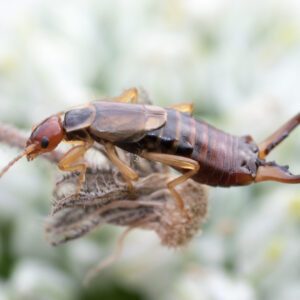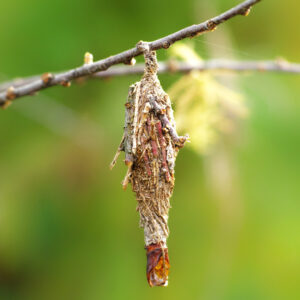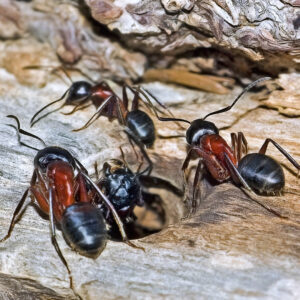Insects In Winter
Now that we’re in the throes of winter, do you ever stop and think, “Where did all the bugs of summer go?”
With the onslaught of frigid temperatures along with snow and ice, gardeners and homeowners alike hope and pray that these weather extremes will reduce local pest insect populations. But do they?
Well, there’s both good news and not-so-good news on this subject. For some insects, life ends when the cold begins; that’s the good news (well, maybe – read along for more on this). However, insects are known survivors, so for others, over time, they have developed methods of survival; that’s the not-so-good news.
The Good (well, maybe)
Let’s begin with the good news. Some insects die when the cold weather sets in. The only problem with this “good news” is that they have already taken steps to continue their legacy before they expire. Knowing that the end is near, these insects lay their eggs beforehand, ensuring a new generation come spring. If the eggs are laid above ground, there is a greater chance that they will not make it through a particularly harsh winter – this would include insects like bagworms whose egg casings hang from evergreen trees and shrubs where they are offered little protection from the elements. It also includes the red lanternfly, whose egg masses will not survive temperatures below 12 degrees Fahrenheit.
The Bad
As stated earlier in this article, many insects have developed a method for winter survival. Here are some of their tricks:
- Migration – Just like some birds, some insects migrate to warmer areas to survive the cold.
- Hibernation – Some insects have the capability of slowing their metabolism, just like a bear, to withstand wild winters.
- Freeze Tolerance – A few insects that naturally come from areas with harsh winters have developed the ability to create a natural anti-freeze in their bodies to prevent ice from forming, thus ensuring their winter survival.
- Freeze Avoidance – Still, other bugs simply avoid the bad weather. This is by far the most popular method of insect winter survival. These pests will bury deep into the soil, disappear into rotting logs and leaf piles, or slink into our homes for warmth and comfort.
The Reality
The reality is that you can’t count on winter to make a big difference in yearly pest control, even when the winter is extreme. It is far more effective to have several approaches in place to create an effective pest defense strategy.
- Familiarize yourself with local pests and their lifecycles. As always, knowledge is power.
- Make sure you know the difference between a “good” and a “bad” bug before attempting to eliminate them.
- Monitor your home and garden regularly for pest infestations to gain the upper hand on any potential pest problem.
- Stop by Strader’s for insect identification and the safest treatment recommendations, such as natural repellents, pest management tactics, companion plant suggestions, and beneficial insects.















